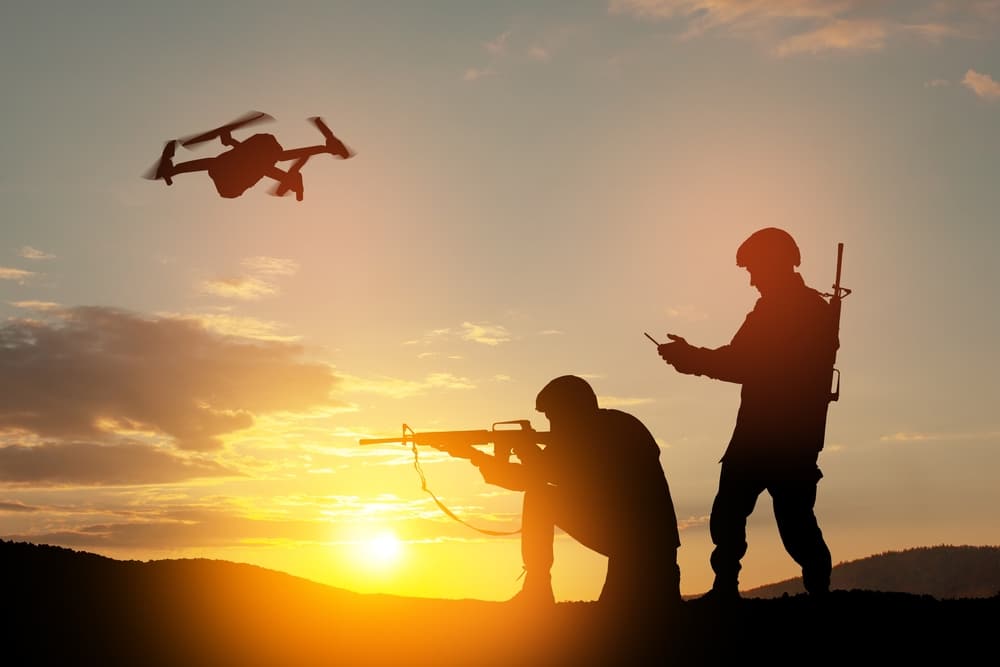Drones continue to move toward the center of U.S. warfare, emerging as a major spending priority and a go-to solution for almost every defense challenge—most especially in a conflict with China.
Networked drone swarms proved decisive in a recent Air Force simulation of a Taiwan Strait conflict: they broke through China’s anti-access/area denial efforts and ensured U.S. victory, according to RAND’s David Ochmanek, a former deputy assistant defense secretary for strategy.
In turn, Hudson Institute’s Bryan Clark, a former special assistant to the chief of naval operations, has identified drones as the only means to fill in for an expected gap in American missile production. It is not surprising, then, that China has begun to develop countermeasures.
A highlight of November’s Zhuhai Airshow was the LW-30 laser defense system, a vehicle-mounted “drone killer” developed by China Space Sanjiang Group. An “optimized” version of a weapon that debuted at the 2018 show, the LW-30 closely resembles the “Silent Hunter” system produced by China’s Poly Technologies and deployed by Saudi Arabia in September.
China Sanjiang and state media claim that the LW-30 can down small drones several kilometers away, taking just a few seconds to swivel, fire, and move on to the next target. Using electricity to down a drone is far cheaper than physical munitions; China Sanjiang estimates it costs about a dozen Chinese yuan (roughly $1.75) per kill.
If the claims are true, the Chinese company has conquered an enduring engineering challenge: maintaining laser fire on a small moving target long enough to damage it. And a spokesman said the company is working to upgrade the LW-30’s 30-kilowatt beam to higher energy, reducing the time needed to destroy its targets.
China’s development of the LW-30 and other anti-drone weapons builds upon an increased interest in drone and counter-drone warfare in PLA military writings.
The 2020 Science of Military Strategy, a theoretical military teaching text published by the PLA’s Academy of Military Sciences, noted that “intelligent unmanned systems have become an indispensable force on the [21st-century] battlefield,” with countries such as the U.S., Israel, and Russia using them to great effect.
More recently, Chinese media have written about the critical role of UASs in the 2020 Armenia-Azerbaijan war and today’s Russia-Ukraine war. In both conflicts, defenders have struggled to stop drones used as a relatively cheap yet highly effective alternative to manned aircraft for intelligence, surveillance, and reconnaissance (ISR) and combat missions. (SOURCE)


















